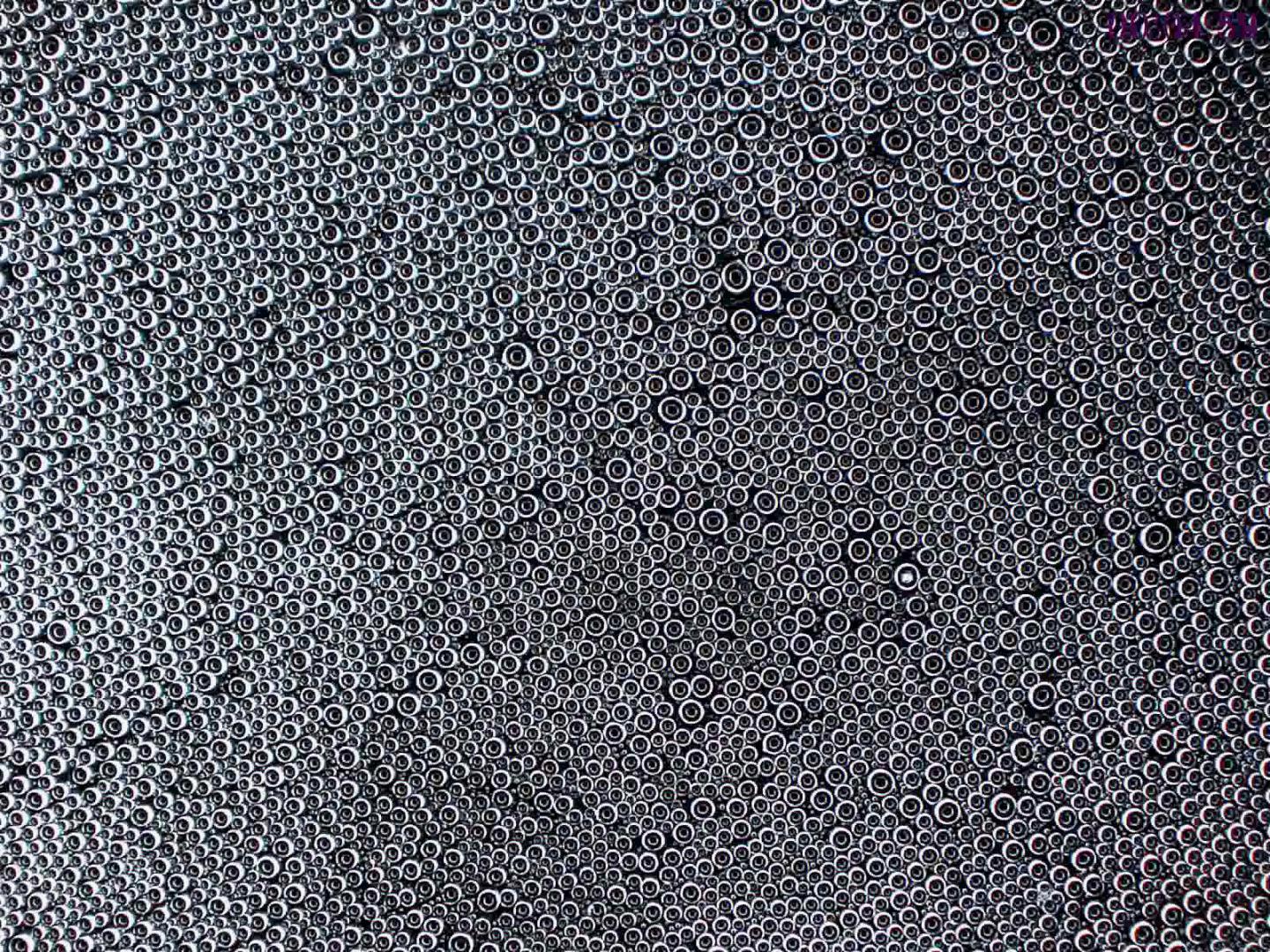A new material has been created that can delay the development of ice, even at temperatures down to 6°C below freezing.
This surface is known as biphilic and is made of two types of material: hydrophilic which attracts water, and hydrophobic which repels it. The two materials work together to keep the water droplets moving so that they freeze more slowly.
"The majority of our testing was carried out at different humidities," explains lead authour Alexander Van Dyke. "We would set a humidity in an environmentally-controlled room to push the temperature below freezing and monitor it until all of the water on the surface froze."
Three different types of biphilic surface patterns were created, using hydrophilic circles on a hydrophobic background. These patterns of circles ranged in size from 25-200 microns and were placed in normal and staggered grids; similar to that of the dot formation on even and odd sides of a dice. This allowed for more control over where the frost would initially form.
The researchers at Kansas State University were able to control the frost formation and observe the water droplet count on the surface and the time it took to freeze. The findings of which they published in Applied Physics Letters earlier this week.
At 60% relative humidity, all three patterns of biphilic surfaces needed a temperature of about minus 6°C for frost to be able to form.
As Winter approaches in some parts of the world, so too does the colder weather and the threat of ice on the roads and on your car windscreen. Van Dyke believes biphilic materials could possibly reduce the amount of ice-scraping needed on cars in the future, but not without a bit of work first.
"A big thing would be the materials science side of things, figuring out how to make a durable and transparent surface that would be able to either be applied to the windshield or go directly into the creation of the windshield."
This material could have a great number of applications, including refrigeration, airline wings and windscreens. However Van Dyke explains that the ice will still form; "we're not going to be able to completely stop the frost from forming," but a biphilic surface could help.
- Previous Flu breast infection
- Next Getting high from marathons










Comments
Add a comment